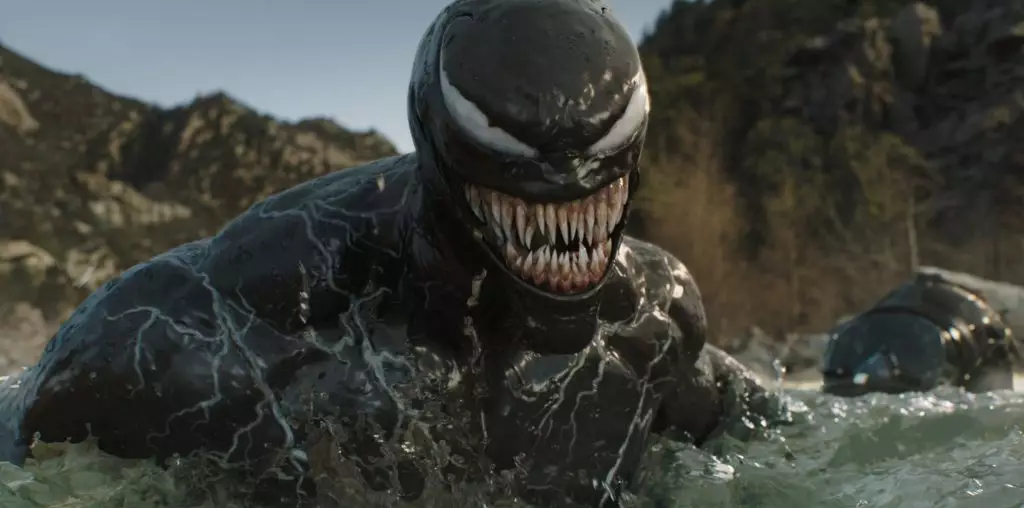The release of *Venom: The Last Dance* marks a significant milestone in the Sony Marvel universe, culminating in a journey that has drawn in an impressive $1.5 billion globally across the franchise. Both Tom Hardy, who stars as Eddie Brock, and director Kelly Marcel, who has been instrumental in the development of the series, emphasized that the story was always intended to unfold as a trilogy. Marcel articulately shared her perspective during an interview, explaining that the conclusion was planned from the outset. Such foresight in storytelling is a remarkable feat, reflecting a commitment to narrative coherence that is often elusive in Hollywood.
Marcel’s admission highlights the importance of a unified vision in film-making, which can sometimes lead to a more satisfying audience experience. Instead of creating sequels driven purely by box office potential, the creators of *Venom* endeavored to weave a cohesive narrative tapestry that concluded on their own terms. This intentionality is commendable and speaks volumes about their dedication to the story they wished to tell.
The chemistry between Marcel and Hardy is another crucial element that has fueled the films. They spent nearly seven years working closely, and this collaboration seems to have deeply enriched the final product of *The Last Dance*. Such partnerships in filmmaking can often result in a more dynamic and relatable portrayal of characters, as both creators are deeply invested in the narrative and its characters.
Marcel’s rise to the director’s chair is noteworthy; it indicates a shift in Hollywood towards allowing original creators to lead the projects that they have been intimately involved with from the beginning. This progressive approach fosters authenticity, allowing filmmakers to remain true to their original vision while also exploring new dimensions within the characters and storyline.
As the story follows Eddie and his iconic symbiotic counterpart Venom on yet another high-octane adventure, the stakes seem higher than ever. The movie’s logline hints at significant thematic depth—centering on crucial decisions that will ultimately dictate the characters’ fates. Watching a relationship between a man and his otherworldly alter-ego evolve under pressure can strike a chord with audiences, reflecting real-world struggles of identity, acceptance, and sacrifice.
The humanization of Venom, through Eddie’s character, creates an emotional landscape that is ripe for exploration. This complexity and depth provide viewers with not just entertainment but also an invitation to reflect upon their relationship with others and themselves. It is clear that *Venom: The Last Dance* isn’t merely about action-packed sequences but also aims to leave audiences with questions about emotional connections and moral choices.
With *Venom: The Last Dance*, the franchise not only seeks to entertain its audience but also ties together the intricate threads of its narrative. As fans prepare for the concluding chapter, it’s evident that Marcel and Hardy have laid a groundwork that goes beyond commercial success. Their devotion to character faithfulness and storytelling integrity offers hope that modern cinema can still deliver on meaningful narratives amid a landscape of sequels and franchises. As we embrace this final chapter, it would be a missed opportunity to overlook the profound themes embedded within their shared universe.

Leave a Reply